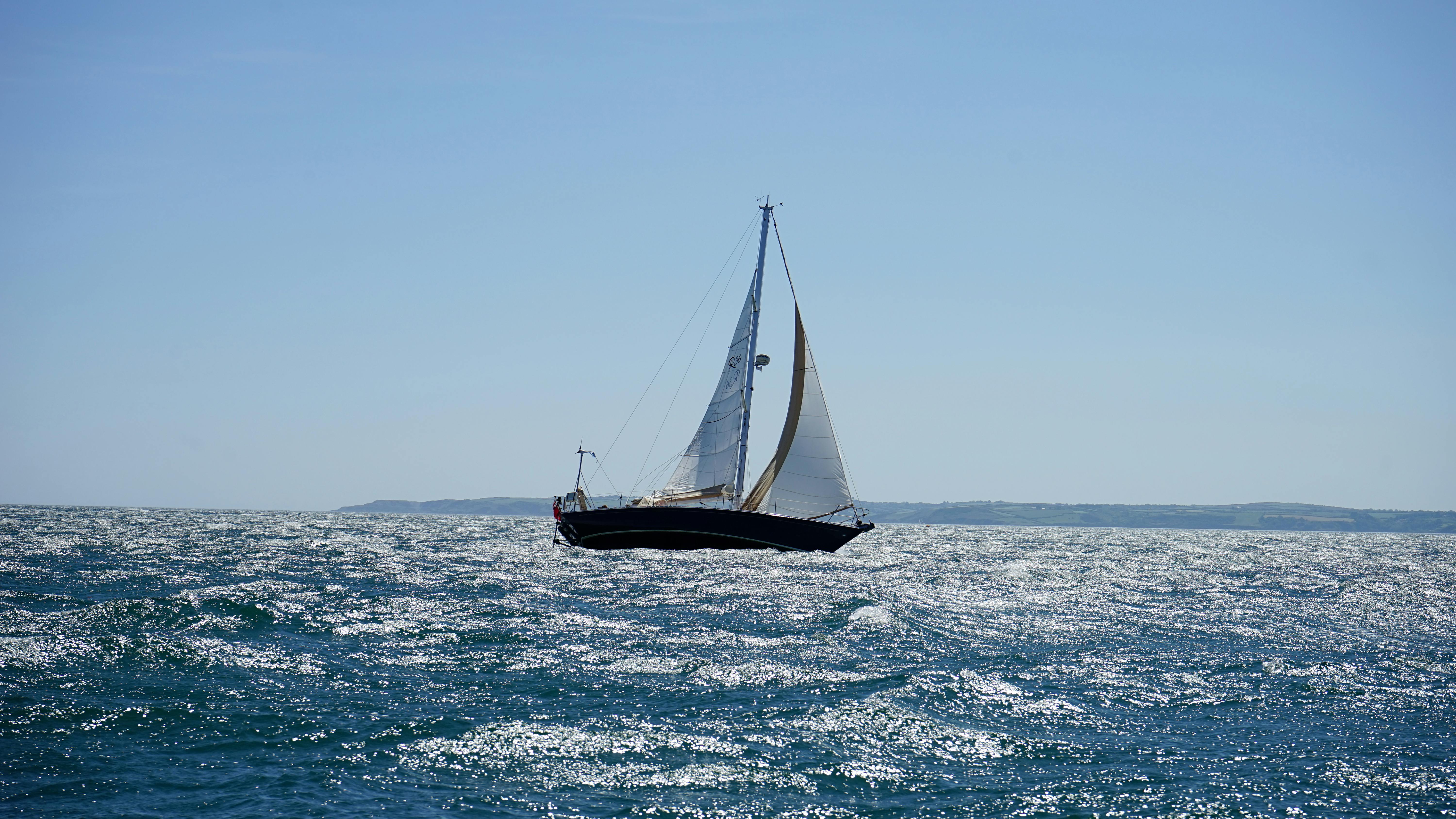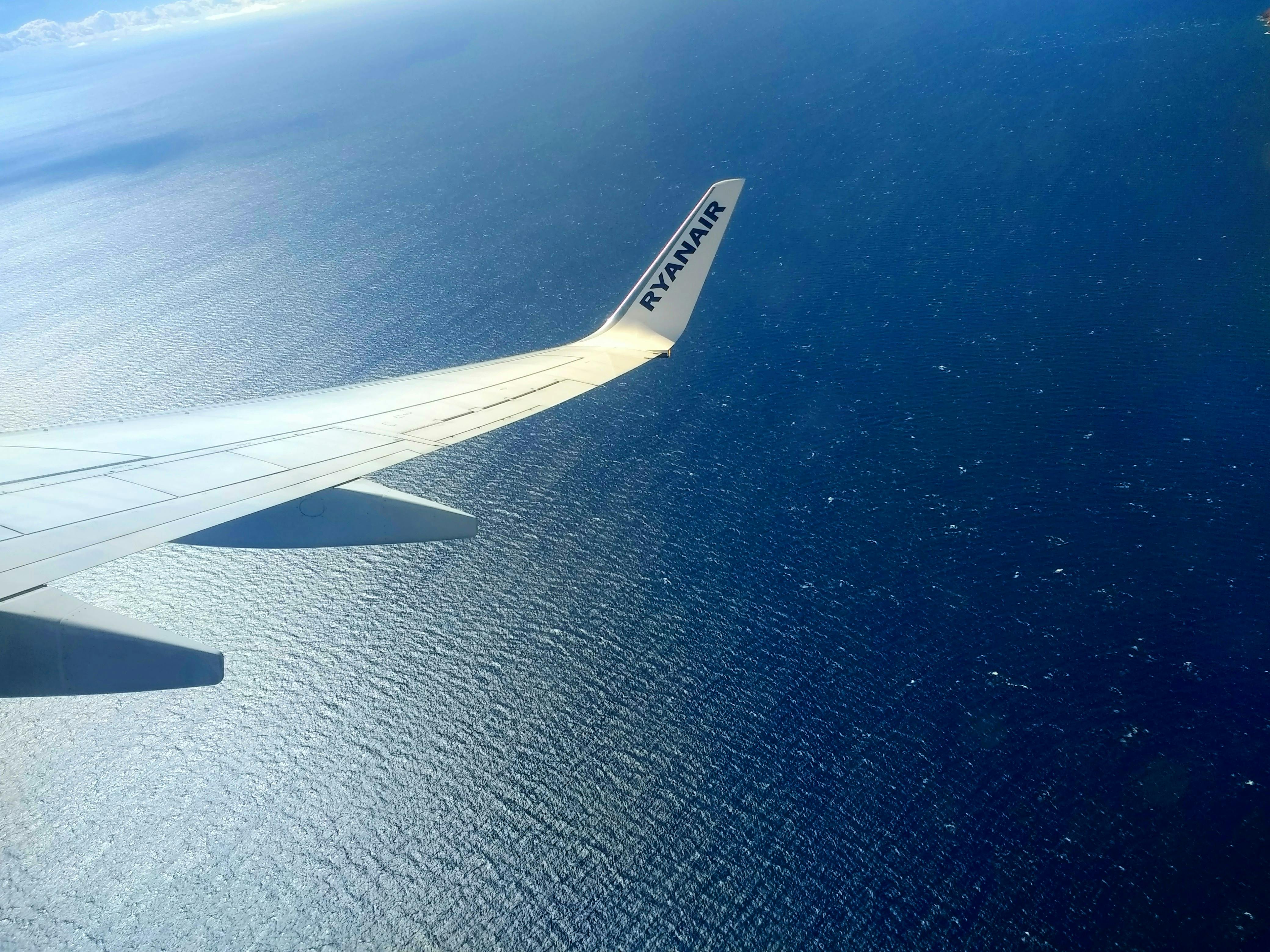I love the poem Summer by Walter Dean Myers.
The line “Bugs buzzing from cousin to cousin” puts a smile on my heated face. Hot summer days and nights are perfect for studying all kinds of insects.
Since I take steps to make myself inedible to insects (see my article How to enjoy a tick-free nature experience) it is much easier to observe and know those who cross or cross my path.
Here is a list of insects that you are likely to see in northeastern North America and some interesting facts about each one as spring turns into summer:
Ant-lion: The larval stage of the lacewing fly, this million-year-old insect is distinguished by digging conical holes in sandy soil. When an ant crosses the edge of this well, the earth sinks like a funnel, sending the ant to the waiting lion ant.
Ant: This insect uses a chemical scent (pheromone) to mark its way from the food source to its nest. The ant’s nest mates will follow this trail to the food source. That is why ants travel in single file.
Bees: Bees also use pheromones to alert hive members to a food source. Bees have an internal “clock” tuned to the 24-hour solar day, so they can maximize nectar collection while the flowers are blooming. Bee hives are typically found in the rotten core of a living deciduous tree, such as an oak or maple.
Butterflies: These winged beauties are active during the day, they usually keep their wings folded when at rest, and they have long, thin antennae with knobby ends. Beyond that, each species is different. The dark purple mourning cloak winters in northeastern North America. The non-poisonous viceroy butterfly looks so much like the poisonous monarch butterfly that it fools predators.
Daddy long legs: This harmless insect has a one-piece body; The body of a spider has two segments. I love the delicate feel of a Daddy Longlegs walking the length of my arm. The longest legs are the sense organs of this insect. If I hit my hand throwing Daddy Longlegs into the air, his body turns into a parachute, guiding this skydiver to the ground. This is one of my favorite summer memories.
Earthworms: These worms plow the soil, leaving molds rich in nitrogen, calcium, magnesium, and phosphorus. A good place to see earthworms is any soil rich in moisture, such as open woods, a grassy lawn, a garden, especially after it rains. Watch their muscular, segmented bodies move. If you see a robin picking a worm out of the ground, you will see that the worm sometimes hangs on until it breaks. The bristles with which it grabs are called mushrooms. Scientists say that if the worm breaks, new segments will grow.
Fireflies: The higher the temperature, the shorter the period between flashes this insect makes. When attracting fireflies, notice that each different species of firefly has a different pattern of flashing light.
Hornets / Wasps: There are more of these biting insects flying in late summer, once workers are no longer needed to drill for food to feed the larvae. Unlike yellow jackets, which build their nests underground, hornets and wasps build hanging nests that look like paper.
Mosquitoes: Entomologists say that mosquito larvae live harmlessly in water, adult mosquitoes feed on flower nectar, and when the egg-laying female bites, it is usually species-specific. Most mosquitoes prefer the blood of other species to that of humans, but thanks to habitat destruction, we are often the only thing on the menu.
Moths: These winged insects are typically nocturnal, resting with outstretched wings, and have short, feathery antennae. They are typically subdued in color and will flock to a light source, making them another fun species to study at night. Bats eat moths, and therefore moths have developed ways to “listen” to the sonar of bats and avoid capture, either by flying or by folding their wings and dropping to the ground.
Spiders: This is another group with a variety of different members. Wolf spiders don’t spin webs at all, but instead roam in search of prey. Some spiders weave different web patterns, others weave different shapes. Orb spiders typically live outdoors, while brown recluse spiders can live indoors or outdoors. In addition to making spider web art, it is fascinating to watch a spider spin a web. Could you weave just as effectively with yarn?
Water stilts: These insects use their short front legs to grab their prey, their middle legs as paddles, and their back legs as rudders. They can be balanced on the surface of the water without forming waves. Other insects, including moths, that touch the surface of the water, form ripples. Those ripples tell the water walker where their food is. Water stilts move by pushing back with their middle legs, which create small ripples, but do not break the surface tension of the water.



